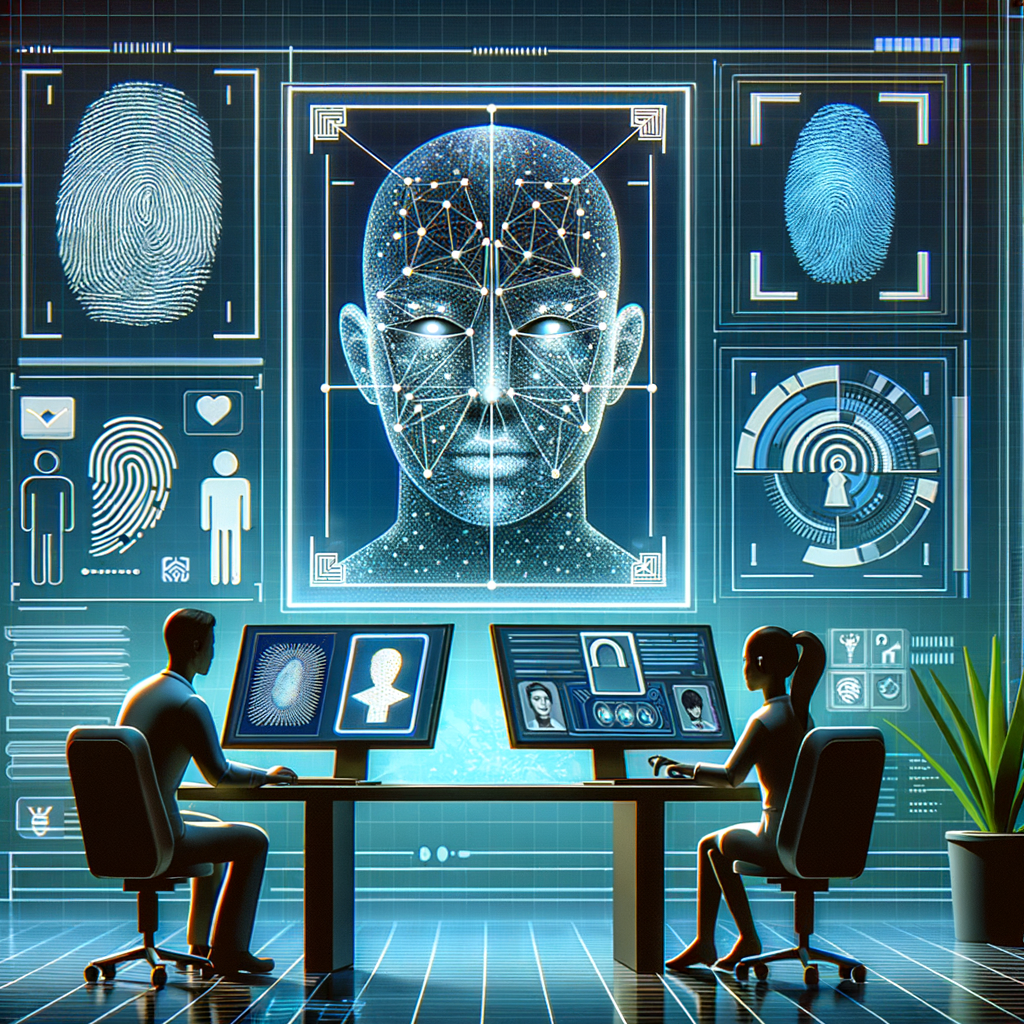The Evolution of AI in Modern Identity Verification
In today’s fast-paced digital world, traditional ID cards and passwords are quickly becoming relics of the past. AI-based identity verification has revolutionized how we prove who we are online, combining sophisticated computer vision, machine learning, and deep learning technologies to create seamless verification experiences. For instance, when you last opened a bank account online or checked in for a flight using your smartphone, you likely experienced these advanced systems in action.
The Building Blocks of AI Verification
Modern AI verification systems are like digital security guards that never sleep. They process countless data points in milliseconds, making them far more reliable than human verification. Just imagine a bank teller who could instantly analyze thousands of ID documents and spot even the tiniest inconsistencies – that’s essentially what AI verification does.
Biometric Authentication: Your Body is Your Password
Face Recognition and Liveness Checks
Remember the last time you unlocked your smartphone with your face? That’s just the tip of the iceberg. Modern facial recognition systems don’t just match your features; they can detect if someone’s trying to fool them with a photo or video, ensuring the person is physically present and alive.
Fingerprints and Palm Prints: Unique as Your Signature
While fingerprint scanning has been around for years, AI has made it extraordinarily more sophisticated. Today’s systems can work through cuts, scrapes, and even aging changes, providing consistent results across time.
Voice Recognition: Speaking Your Identity
Just as each person’s voice is unique, voice recognition systems have become remarkably adept at identifying individuals. Think about how your smart home device recognizes different family members – now imagine that level of accuracy in securing your bank account.
Making It All Work Together
Implementing these systems isn’t just about plugging in some code. Organizations need to carefully consider security protocols while ensuring smooth API integration. For example, a healthcare provider implementing biometric authentication must balance patient convenience with strict HIPAA compliance requirements.
Protecting Privacy in a Biometric World
With great power comes great responsibility. Modern verification systems must navigate complex regulations like GDPR and CCPA. It’s similar to having a safe deposit box – while the bank keeps your valuables secure, they must also follow strict rules about how they handle and protect your property.
The Road Ahead
The future of identity verification is both exciting and transformative. Blockchain technology is beginning to intersect with AI verification, creating even more secure and decentralized identity solutions. Much like how smartphones transformed communication, these emerging technologies are set to revolutionize how we prove our identity in the digital age.
AI’s Growing Accuracy
As AI continues to evolve, we’re seeing dramatic improvements in verification accuracy. Systems are becoming more adaptable, learning from each new interaction to better distinguish between legitimate users and potential fraudsters.
The Promise of Integration
Imagine a world where your identity verification is seamless across all services – from your morning coffee purchase to your evening telehealth appointment. This future isn’t far off, as organizations increasingly adopt standardized, interoperable verification solutions.
Conclusion
As AI identity verification continues to evolve, organizations must stay informed about the latest developments and best practices. By implementing robust verification systems, businesses can enhance security while providing seamless user experiences. What steps will you take to modernize your identity verification processes?

